Small Lake Cottage House Plans: A Comprehensive Guide to Design and Planning
Imagine waking up each morning to the sound of gentle lapping of water against the shore, spending your days surrounded by nature’s beauty, and enjoying the peace and tranquility that only a lake cottage can provide. If you’re dreaming of building a small lake cottage, you’re not alone. Many people aspire to own a cozy retreat that offers a chance to escape the hustle and bustle of city life and reconnect with nature. In this article, we’ll explore the world of small lake cottage house plans, discussing design principles, planning considerations, and expert insights to help you create your perfect lakeside retreat.
When it comes to designing a small lake cottage, there are many factors to consider, from the site topography and climate to the style and functionality of the home. A well-designed lake cottage should blend seamlessly into its surroundings, maximizing the natural beauty of the site while providing a comfortable and functional living space. In this article, we’ll delve into the key considerations and design principles that will help you create a stunning and functional small lake cottage that meets your needs and exceeds your expectations.
1. Understanding the Site and Climate

Before you begin designing your small lake cottage, it’s essential to understand the site and climate conditions. Consider the topography of the land, including the slope, elevation, and drainage. Think about the solar orientation, wind patterns, and microclimate. This information will help you determine the best location for your cottage, as well as inform your design decisions, such as window placement and insulation. Take the time to walk the property, observe the natural surroundings, and record your observations. This will help you create a design that not only complements the site but also minimizes its impact on the environment.
When analyzing the site, also consider the local building codes and zoning regulations. These may dictate the size and placement of your cottage, as well as any environmental or conservation requirements. In my opinion, it’s crucial to work with local authorities and experts to ensure that your design complies with all regulations and respects the natural environment.
2. Choosing the Right Style and Architecture

Small lake cottage house plans come in a wide range of styles, from modern and minimalist to traditional and rustic. When selecting a style, consider the site’s natural beauty, as well as your personal preferences and needs. Think about the local architectural heritage and how your cottage will fit into the surrounding landscape. In my opinion, a well-designed lake cottage should blend seamlessly into its surroundings, using natural materials and curved lines to create a sense of harmony and balance.
If you’re looking for inspiration, consider traditional lake cottage styles, such as the classic Adirondack or a cozy cabin. These styles often feature natural materials, such as wood and stone, and incorporate elements like porches and decks to maximize the outdoor living space. Alternatively, you may prefer a more modern aesthetic, with clean lines, large windows, and an emphasis on sustainability. Ultimately, the choice of style will depend on your personal preferences and the site’s unique characteristics.
3. Designing the Floor Plan and Layout
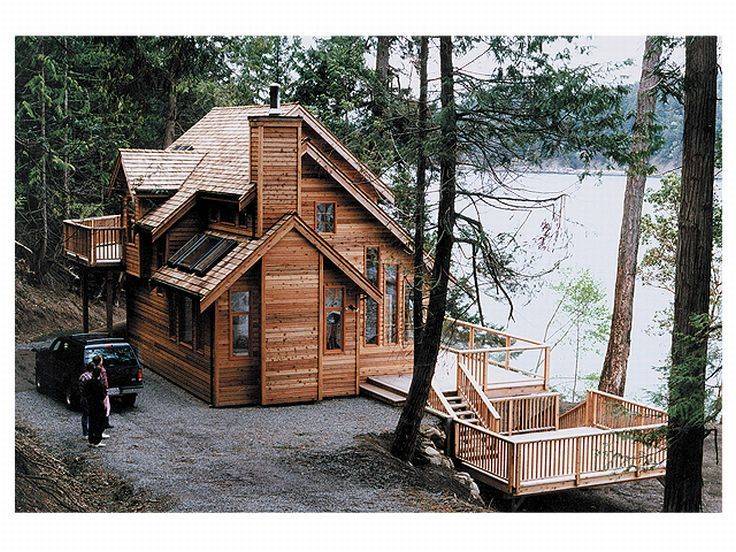
When designing the floor plan and layout of your small lake cottage, consider the functional needs of the space. Think about the number of bedrooms and bathrooms, as well as the living and dining areas. In a small cottage, it’s essential to create a sense of flow and continuity between spaces. Consider an open-plan living area, with a kitchen, dining, and living space that flow seamlessly into one another.
Also, think about the placement of rooms and how they relate to the exterior spaces. For example, a bedroom with a private balcony or a kitchen with a large window overlooking the lake can create a sense of connection to the outdoors. In my opinion, a well-designed floor plan should prioritize functionality, while also maximizing the views and natural light. Consider working with a professional architect or designer to create a custom floor plan that meets your needs and takes advantage of the site’s unique features.
4. Incorporating Sustainable Design Principles
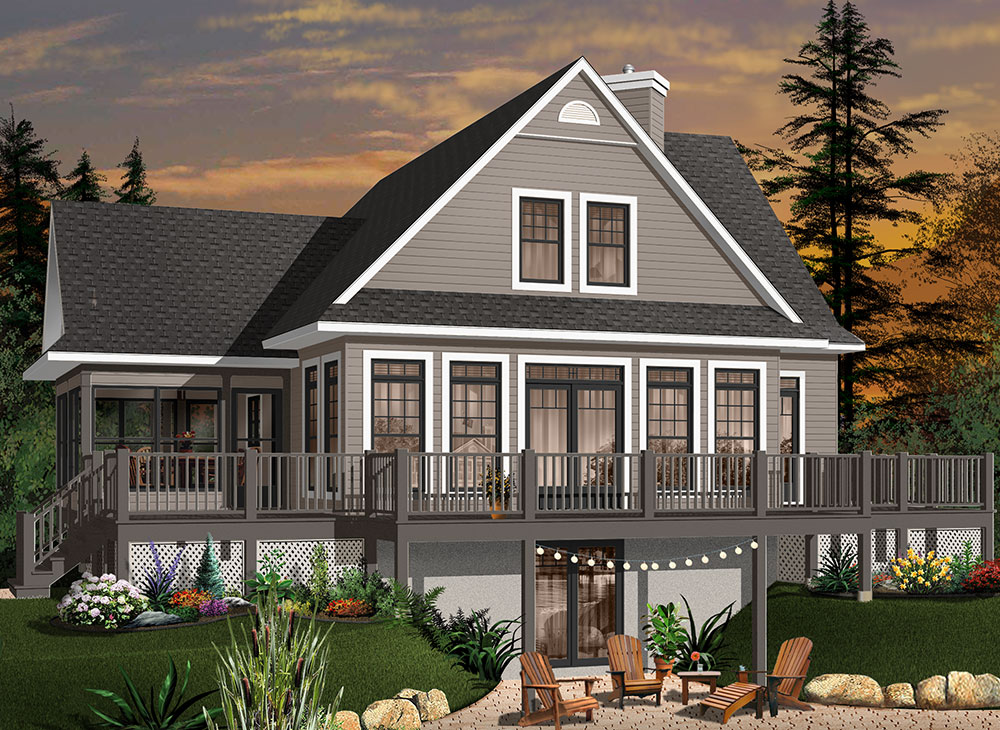
As concern for the environment continues to grow, sustainable design principles are becoming increasingly important. When designing your small lake cottage, consider incorporating eco-friendly features, such as solar panels, rainwater harvesting systems, and energy-efficient insulation. These features not only reduce your environmental footprint but also provide long-term cost savings and increased energy independence.
In my opinion, sustainable design is not just about adding green features; it’s about creating a holistic design that works in harmony with the site and the environment. Consider using natural and local materials, such as reclaimed wood and low-maintenance plants. Also, think about the cottage’s orientation and how it relates to the sun and wind. By incorporating sustainable design principles, you can create a small lake cottage that not only minimizes its impact on the environment but also provides a healthy and comfortable living space.
5. Maximizing Natural Light and Ventilation
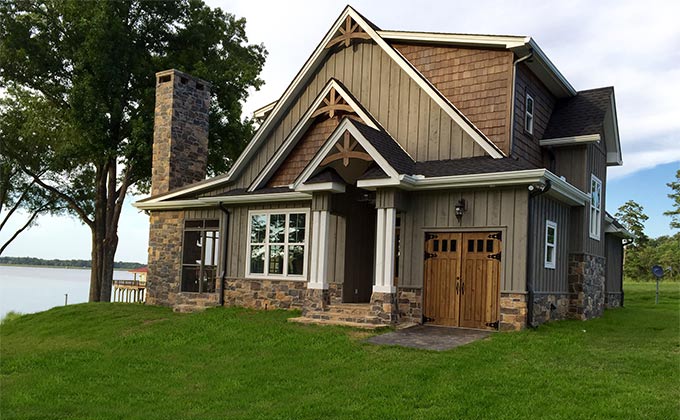
Natural light and ventilation are essential components of a well-designed small lake cottage. Large windows and sliding glass doors can create a sense of connection to the outdoors, while also providing ample natural light and airflow. Consider installing skylights or clerestory windows to bring light into the interior spaces and reduce the need for artificial lighting.
In addition to natural light, ventilation is also crucial in a small cottage. Consider installing operable windows, vents, and whole-house fans to create a cross breeze and reduce the need for air conditioning. In my opinion, natural ventilation is not only more energy-efficient but also creates a healthier and more comfortable living space. By incorporating natural light and ventilation into your design, you can create a small lake cottage that feels spacious, airy, and connected to the outdoors.
6. Creating a Seamless Indoor-Outdoor Connection
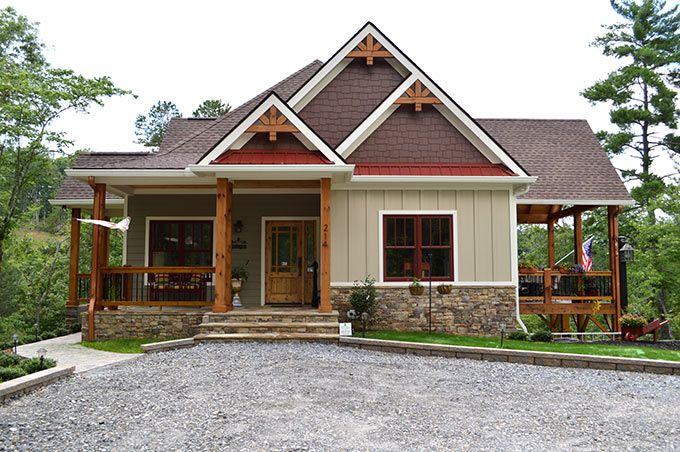
One of the most appealing aspects of a small lake cottage is the opportunity to create a seamless indoor-outdoor connection. Consider installing sliding glass doors, bi-folding doors, or French doors to create a sense of continuity between the interior and exterior spaces. Also, think about incorporating exterior living areas, such as decks, patios, and porches, to expand the living space and maximize the views.
In my opinion, the indoor-outdoor connection is not just about physical barriers; it’s also about visual connections and sensory experiences. Consider incorporating natural materials, such as wood and stone, to create a sense of continuity between the interior and exterior spaces. Also, think about incorporating outdoor elements, such as plants, water features, and fire pits, to create a sensory experience that blurs the boundaries between indoors and outdoors.
7. Incorporating Storage and Organization
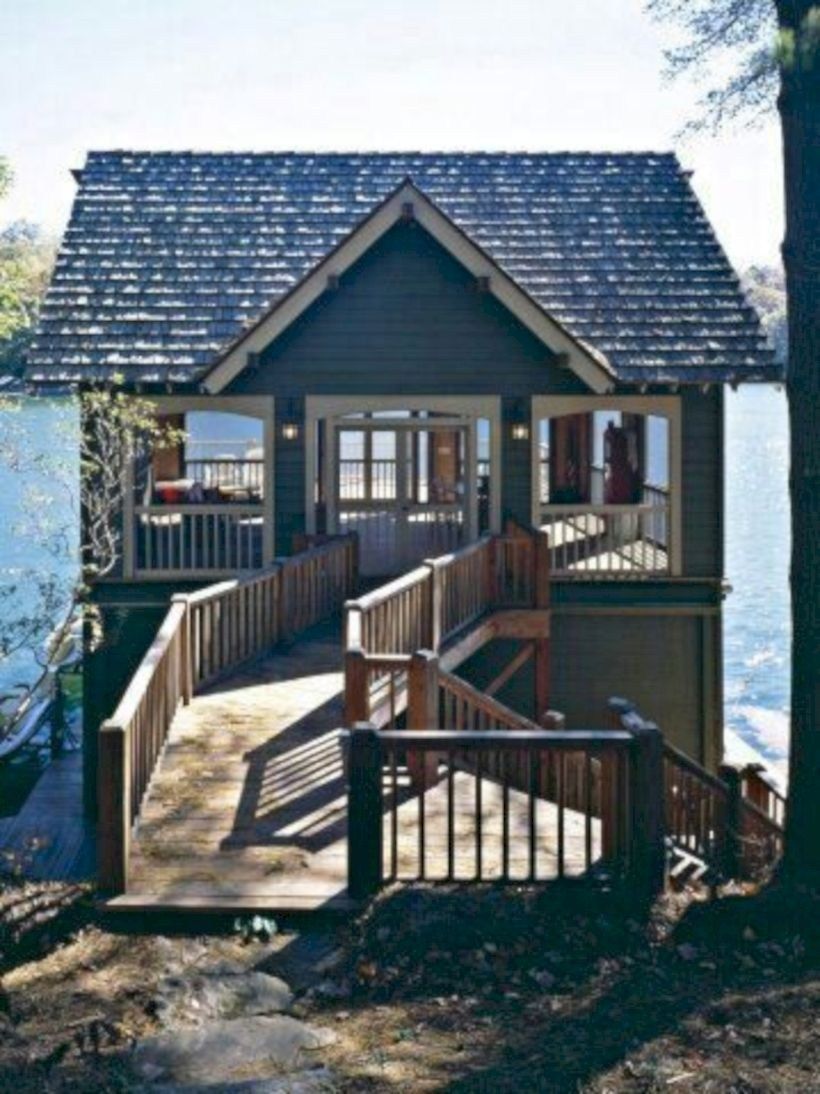
Small lake cottages often have limited space, making storage and organization essential components of a well-designed plan. Consider incorporating built-in storage solutions, such as custom cabinetry and shelving, to maximize the available space. Also, think about incorporating multi-functional furniture, such as storage ottomans and coffee tables with storage.
In my opinion, storage and organization are not just about hiding clutter; they’re about creating a sense of calm and serenity. Consider incorporating simple, clean-lined storage solutions that minimize visual clutter and create a sense of openness. Also, think about incorporating outdoor storage solutions, such as sheds and storage benches, to keep outdoor gear and equipment organized and within reach.
8. Choosing the Right Materials and Finishes
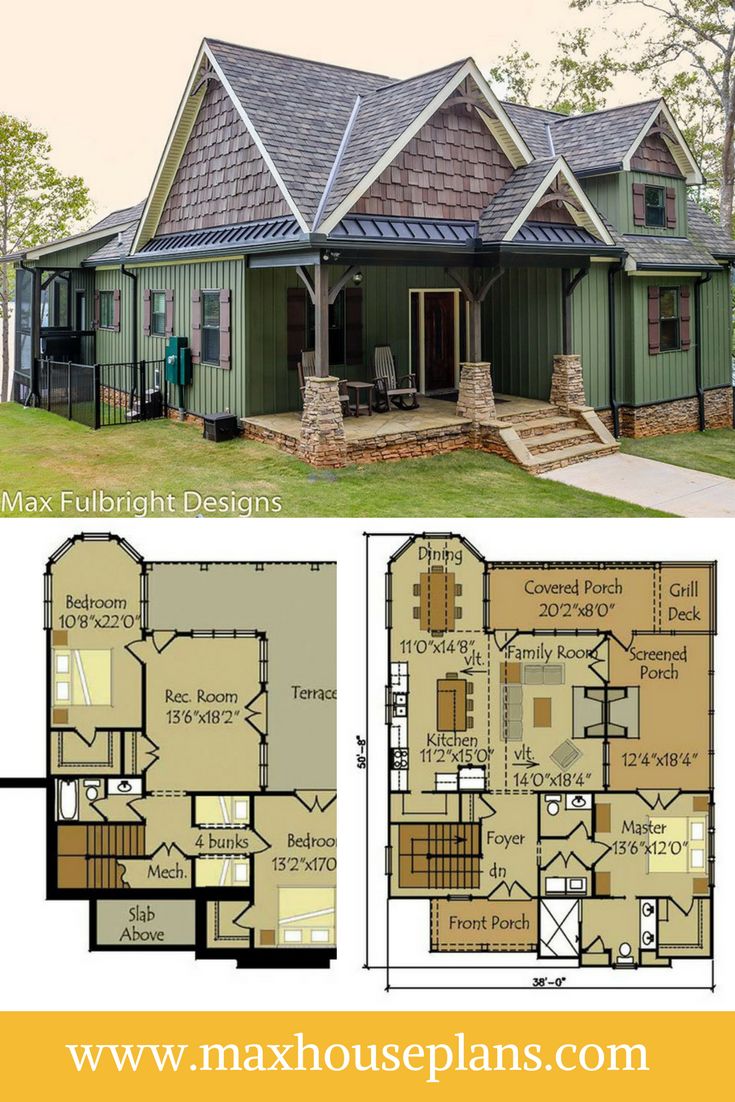
When selecting materials and finishes for your small lake cottage, consider the site’s natural beauty, as well as your personal preferences and needs. Natural materials, such as wood and stone, can create a sense of warmth and coziness, while also blending seamlessly into the surroundings. Consider incorporating low-maintenance materials, such as vinyl siding and metal roofing, to reduce the upkeep and maintenance of the cottage.
In my opinion, the choice of materials and finishes is not just about aesthetics; it’s also about durability and sustainability. Consider incorporating eco-friendly materials, such as reclaimed wood and bamboo, to reduce the environmental impact of your cottage. Also, think about incorporating materials that can withstand the elements, such as cedar and cypress, to ensure the longevity of your cottage.
9. Incorporating Technology and Smart Home Features

Small lake cottages are no longer just simple retreats; they can also be equipped with cutting-edge technology and smart home features. Consider incorporating smart thermostats, energy-efficient appliances, and wireless security systems to create a comfortable and secure living space. Also, think about incorporating smart home devices, such as voice assistants and smart speakers, to control and monitor your cottage remotely.
In my opinion, technology and smart home features can enhance the functionality and comfort of your small lake cottage. Consider incorporating devices that can detect and respond to natural light, temperature, and humidity levels, creating a seamless and intuitive living experience. Also, think about incorporating features that can monitor and control energy usage, helping you to reduce your environmental footprint and save energy costs.

10. Creating a Sense of Place and Community
Last but not least, a small lake cottage should create a sense of place and community. Consider incorporating design elements that reflect the local culture and heritage, such as traditional building materials and architectural styles. Also, think about incorporating outdoor spaces that encourage social interaction, such as decks, patios, and fire pits.
In my opinion, a sense of place and community is essential to creating a meaningful and enjoyable living experience. Consider incorporating elements that reflect the site’s natural beauty, such as water features and native plants, to create a sense of connection to the environment. Also, think about incorporating outdoor spaces that promote social interaction, such as outdoor kitchens and dining areas, to create a sense of community and belonging.
By following these design principles and planning considerations, you can create a stunning and functional small lake cottage that meets your needs and exceeds your expectations. Remember to consider the site’s natural beauty, the local climate and culture, and your personal preferences and needs. With careful planning and attention to detail, your small lake cottage can become a tranquil retreat that provides a lifetime of memories and enjoyment.
